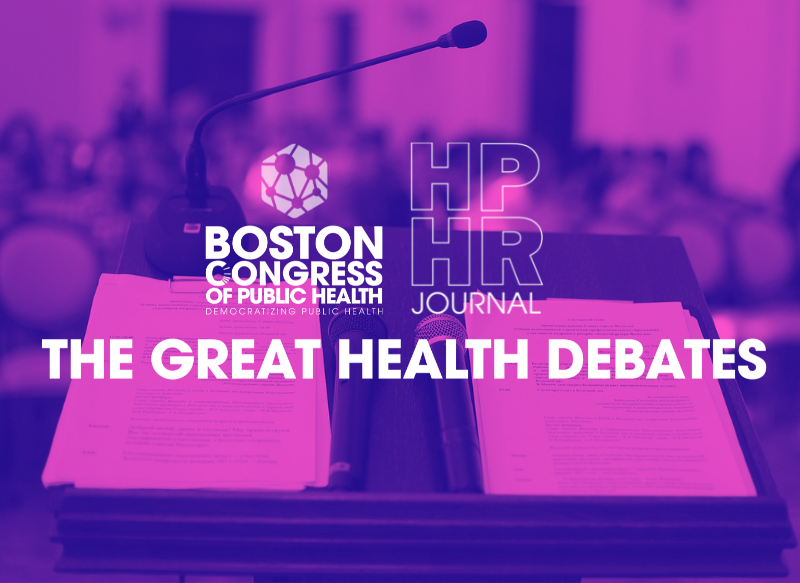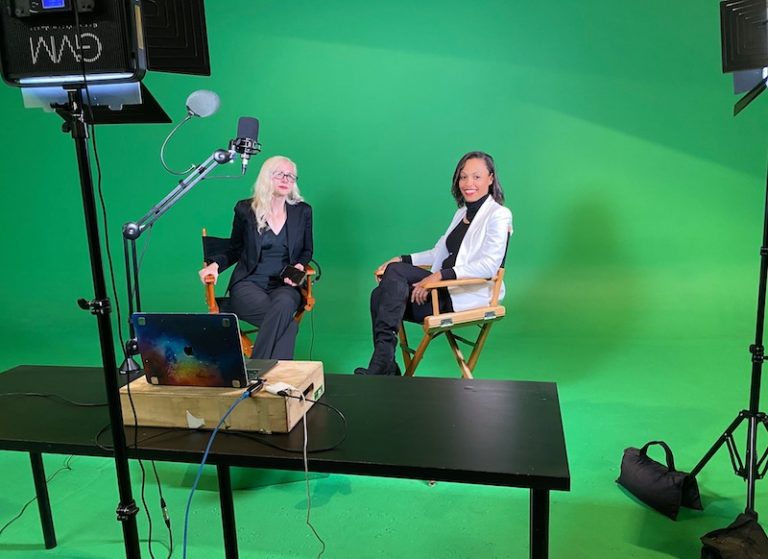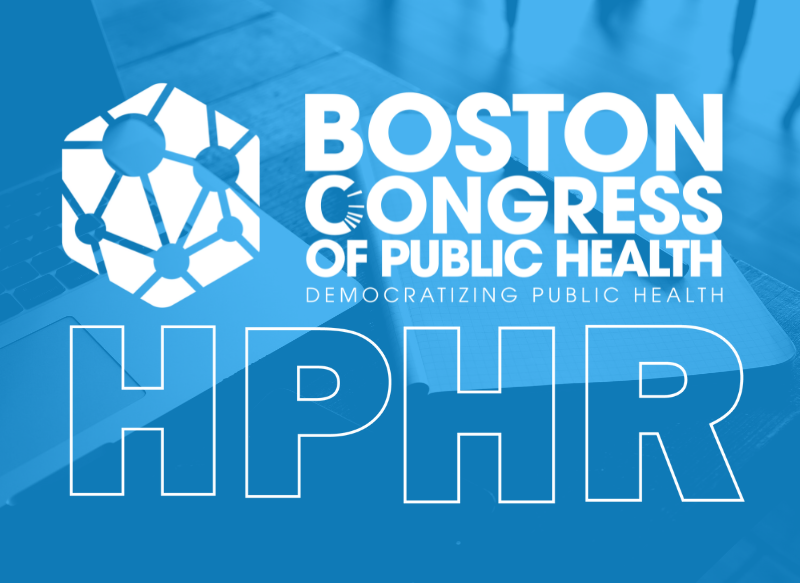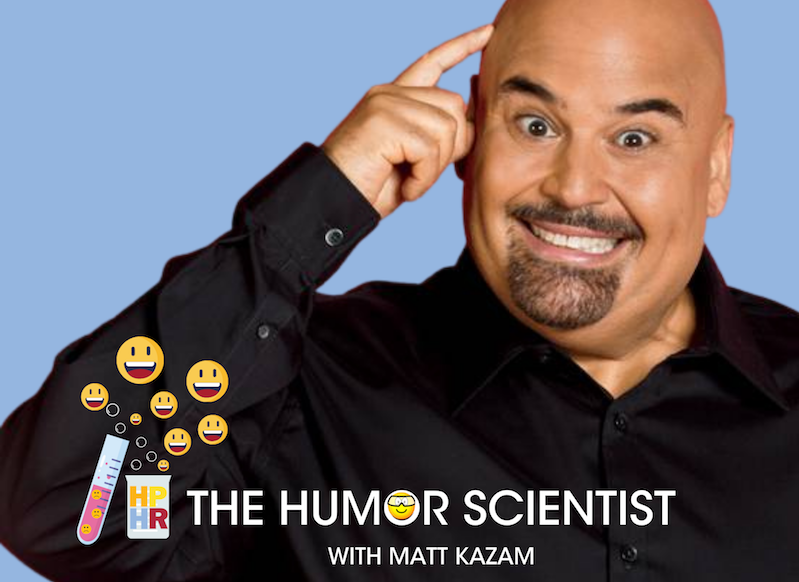We congratulate everyone who participated in our first ever Hackathon and Writing Competition. All of the submissions have been accepted for publication, which will be published on the HPHR Journal website. Below are the winners of the Hackathon and Writing Competition Awards.
Vitamin D and Mirror Pop-ups as Prophylaxis Against the Overuse of Amputation in Black Americans with Diabetic Foot Injury
Author: Dr. Sarvani Ramcharran
An Application of Algae Technology for Surgery and Public Health
Authors: Nicolle Ma, Chad Patrick Osorio, Prabath Kuzhikkat, Dr. Nadeem Ahmed
Implications for Female Same Sex Couples and HIV
Authors: Nicolle Ma, Heather Tillewein
An Application of Algae Technology for Surgery and Public Health
Authors: Nicolle Ma, Chad Patrick Osorio, Prabath Kuzhikkat, Dr. Nadeem Ahmed
Implementing Artificial Intelligence-Powered Facial Recognition to Reduce Driving Under the Influence Accidents
Authors: Puneet Gupta and Priscilla Koirala
An Application of Algae Technology for Surgery and Public Health
Authors: Nicolle Ma, Chad Patrick Osorio, Prabath Kuzhikkat, Dr. Nadeem Ahmed
How Can Learnings from the Automotive Industry Prevent Deterioration of Maternal Health During a Pandemic Like COVID-19?
Authors: Nicolle Ma, Chad Patrick Osorio, Prabath Kuzhikkat, Dr. Nadeem Ahmed
Vitamin D and Mirror Pop-ups as Prophylaxis Against the Overuse of Amputation in Black Americans with Diabetic Foot Injury
Author: Dr. Sarvani Ramcharran
Greener E- Wallets: Blockchain Integration of Mangrove Assets as Carbon Tokens
Author: Author: Chad Patrick Osorio
An Application of Algae Technology for Surgery and Public Health
Authors: Nicolle Ma, Chad Patrick Osorio, Prabath Kuzhikkat, Dr. Nadeem Ahmed
Greener E- Wallets: Blockchain Integration of Mangrove Assets as Carbon Tokens
Author: Author: Chad Patrick Osorio
How Can Learnings from the Automotive Industry Prevent Deterioration of Maternal Health During a Pandemic Like COVID-19?
Authors: Nicolle Ma, Chad Patrick Osorio, Prabath Kuzhikkat, Dr. Nadeem Ahmed
Vitamin D and Mirror Pop-ups as Prophylaxis Against the Overuse of Amputation in Black Americans with Diabetic Foot Injury
Author: Dr. Sarvani Ramcharran
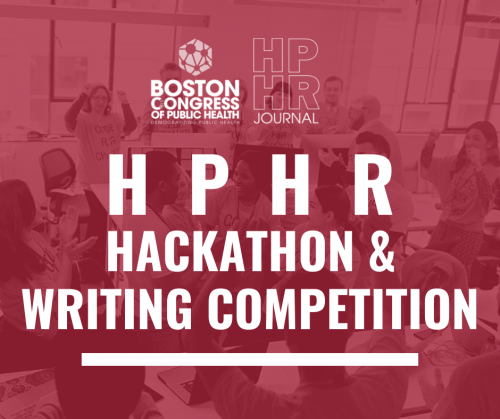

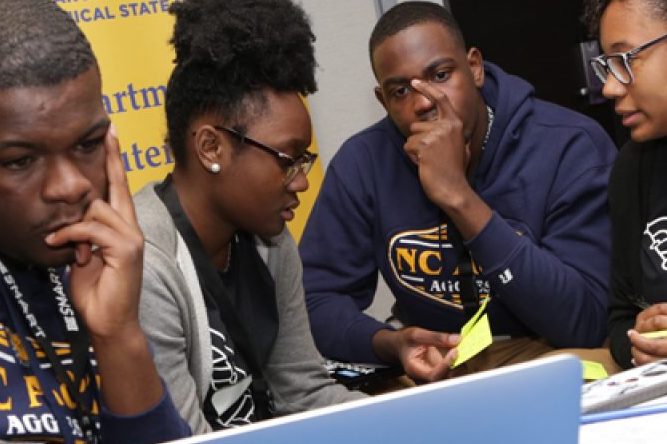
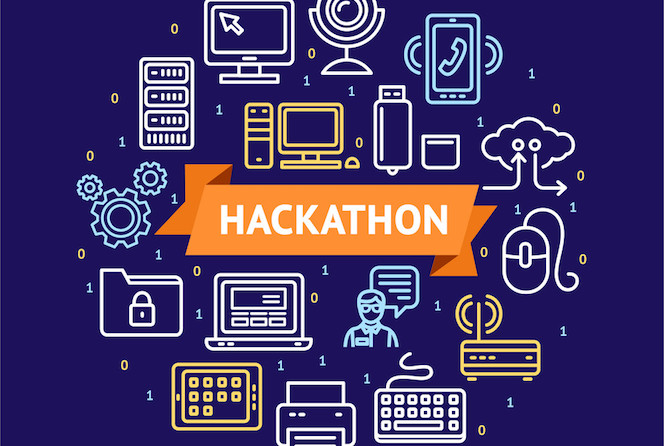

The Boston Congress of Public Health believes in the power of community, diversity, and synergy. The HPHR Hackathon is designed to ignite that power. We’re helping to illuminate obscure and underappreciated public health issues, amplify underserved voices and perspectives, and shatter the echo chamber within public health.
The HPHR Hackathon is a 4-day virtual event, being held February 17-20, 2022, that aims to bring together researchers, advocates, health professionals, and students from across the globe in the arenas of public health, behavioural science, medicine, advocacy, and more. The Hackathon is designed to create diverse “hacking” teams to address local or global public health PROBLEMS and pitch creative SOLUTIONS. This will be accomplished in the form of ARTICLES or PHOTO ESSAYS in one or more of the following areas:
HPHR Hackathon Winners will be awarded categorical prizes, including certificates, and the opportunity to publish their winning submission(s) for FREE within the HPHR Journal.
Thanks to everyone who joined the first day of the Hackathon. We invite everyone to watch tonight’s informational session:
On February 17, we discussed the following:
February 18th, 2022
TONIGHT WE WILL BE MEETING AT TINYURL.COM/HPHRZOOM.
February 19th, 2022
February 20th, 2022
February 25th, 2022
Objectives of the HPHR Hackathon
Eligibility
General Rules and Procedures
Written Essays
Photo Essays
Pitches
Disqualifications
Further Guidelines
Figures
Figures should be configured as follows:
Tables
Tables should be created in Word and configured as follows:
Images and Other Media
Images and other media that are not part of figures may be submitted as follows:
Photographs
Awards
The following awards will be presented to the winners of the HPHR Hackathon 2022
HPHR Hackathon Mentors
– Help with brainstorming and group formation
– Facilitate networking and clarify the rules of the HPHR hackathon.
– Must be available for leading a networking session during the Hackathon period
– Receive the following benefits: expanding one’s network
– Cannot be a participant in the HPHR Journal Hackathon
– Cannot be a judge in the HPHR Journal Hackathon
Networking events are on the following dates and times:
February 18th, 2022, 6:00 – 8:00 PM EST
February 19th, 2022 , 12-2 PM EST
February 25th, 2022, 6-7 PM EST
For additional questions and to sign up, please email [email protected].
HPHR Hackathon Judges
– Can judge within any given area of written and photo essays (e.g. Covid-19, surgery and public health, maternal and child health, environmental health, and vulnerable communities)
– Receive the following benefits: expanding knowledge about public health areas of interest; learning of the potential innovation solutions within public health; and utilizing expertise in finding the next generation of public health leaders
– Cannot be a participant in the HPHR Journal Hackathon
– Cannot be a mentor in the HPHR Journal Hackathon
– Will receive training and a scorecard for judging competition areas
– Do not have to be present during the Hackathon, but will need to submit judging scorecards by Feb 24, 2022 12 PM EST in preparation for the awards ceremony on Feb 25, 2022
For additional questions and to sign up, please email [email protected].


